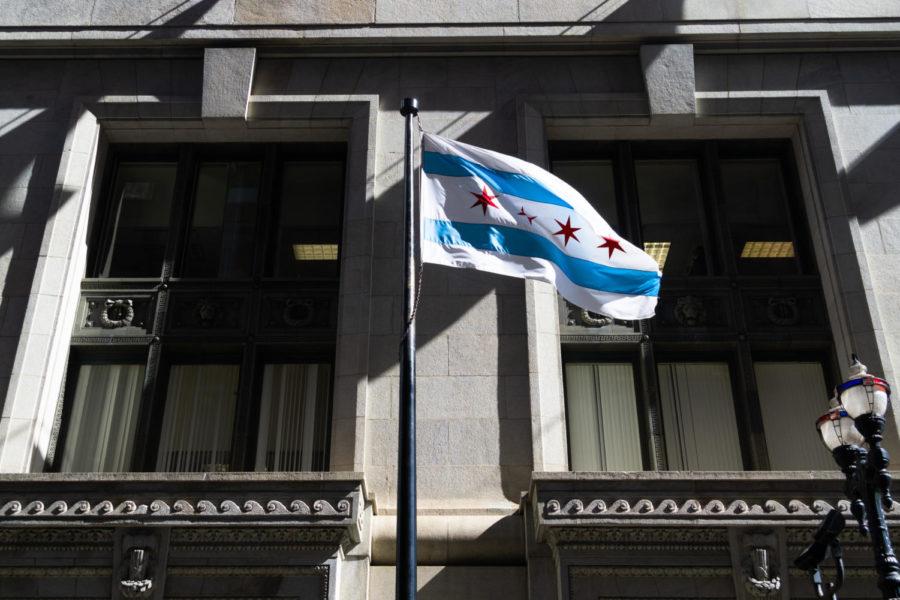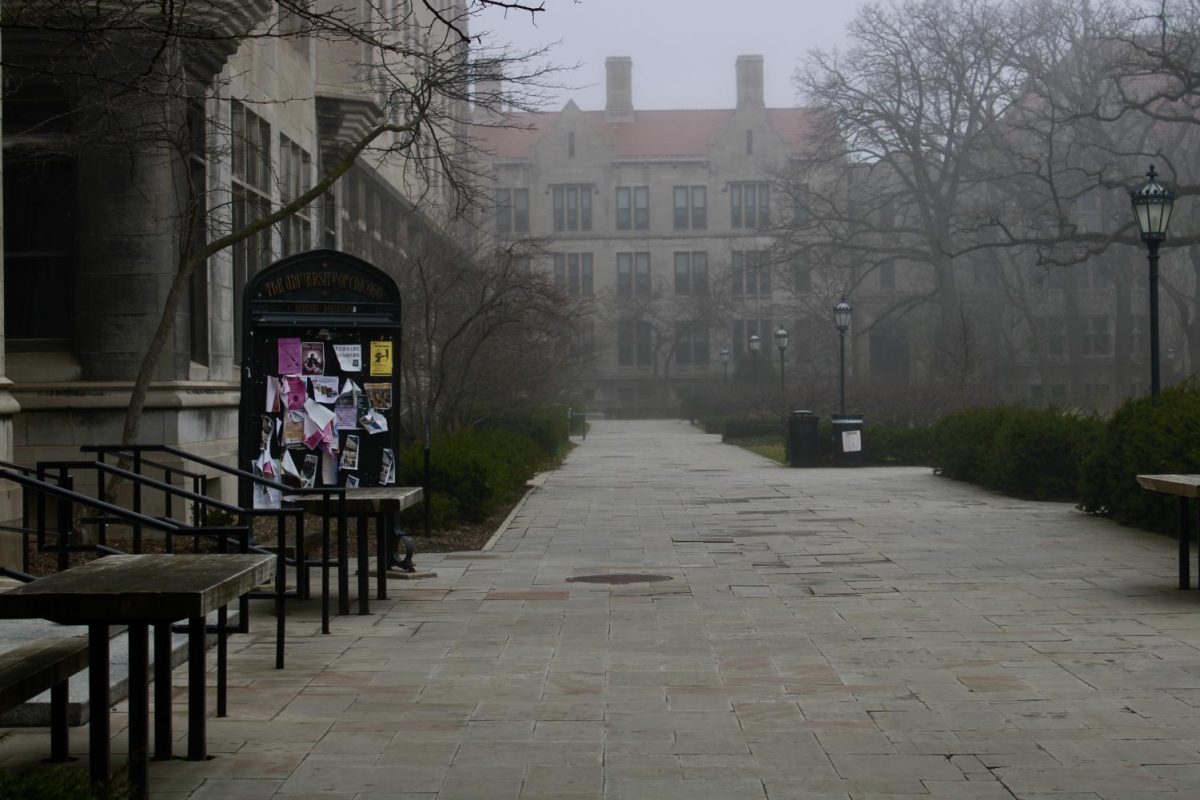Ahead of the upcoming city elections, The Maroon is publishing a series of explainers on the offices and issues Chicagoans will be voting on.
The three candidates for city treasurer, Melissa Conyears-Ervin, Ameya Pawar (S.M. ’09, A.M. ’16), and Peter Gariepy, all have ambitious plans for the city. Many of their proposals, however, seem to fall outside the scope of what the treasurer actually does and can do alone.
One of three officials elected citywide (alongside the mayor and city clerk), the treasurer oversees the city’s entire budget. The Maroon examines the actual functions of the position and how the candidates’ proposals match up.
Functions of the City Treasurer
The treasurer’s job is split into four main categories:
- Investments: The treasurer oversees the investment of Chicago’s funds in securities and bonds. The returns from these securities and bonds are later used to fund city projects.
- Four pension funds: The treasurer sits on the board of pension funds for firefighters, municipal employees, police officers, and laborers. These are funded by city tax revenues and returns on investments.
- Chicago Teachers’ Pension Fund: This fund was established separately from the other four pension funds because it exists under Chicago Public Schools. The treasurer doesn’t sit on its board, and so they can’t make decisions about how the fund is reinvested (as they can with the other four pension funds) but they still has a say in how to direct money into the fund.
- Programs geared towards financial education and small business growth.
In short, the treasurer oversees both the investment strategy of Chicago and its operational costs. The City of Chicago currently has an almost $8 billion investment portfolio.
Currently, the largest financial problem facing the city is the $28 billion deficit of its four employee pension funds. This deficit affects thousands of city employees. Illinois law requires that the pension funds receive a projected total contribution of $1.02 billion every year. In 2023, this amount will increase to $2.13 billion, but even this will leave the deficit looming over Chicago for several years.
The next treasurer faces the challenge of generating greater returns on investment and other ways of covering the deficit; otherwise, the burden will fall on taxpayers, causing taxes to skyrocket yet again, just as they did with the $588 million property tax hike in 2015.
The three candidates propose strikingly different ways of tackling the obstacles that face Chicago’s financial situation.
Making Platforms Reality
Public Bank
Ameya Pawar, who has proposed several drastic ideas in his time as alderman, such as pushing for a trial run of universal basic income, has heavily campaigned on establishing a public bank. Public banks do not have the same restrictions as federally chartered banks, as they do not need to operate under federal rules and regulations, and are thought to better serve local needs. He believes he would fund one using the treasurer’s financial portfolio, city pension funds, and state-linked development deposits.
Pawar has tied the idea of a public bank to other proposals, such as student loan debt refinancing, marijuana legalization, and, of course, reducing the pension deficit. Melissa Conyears-Ervin has said she is open to such a proposal as a method of competing with the private sector. However, their opponent Peter Gariepy believes that a public bank is infeasible and unlikely to actually solve the city’s financial problems.
The Bank of North Dakota is the only current example of a public bank in the country. The bank was established in 1919, with an initial investment of $2 million. Since then, the bank has grown to support economic development in the state by working across North Dakota’s government and with private financial institutions. It now holds over $7.2 billion in assets.
But, getting Chicago a public bank would be a far different process from setting up a statewide bank. Since only federal or state governments can charter banks, the treasurer would have to find support for it in Springfield. In 2015, state legislators pushed for the Community Bank of Illinois Act to allow Illinois to charter public banks, but the bill died without plans for further debate when the Illinois House adjourned in January 2017. This means that the city treasurer would need to garner wider support among state representatives for debate on the bill and, ultimately, passage through both the Illinois House and Senate.
However, even if the charter for a municipal bank went through, Gariepy estimates that there would still be a capital requirement of between $3.5 and $4 billion—money that the City of Chicago simply does not have, considering the financial challenges it already faces. If the pension problem is not solved by 2023—when the amount required by the state to be put into the funds doubles—a public bank may simply cause further stresses on the precarious financial situation of the city.
Legalization of Marijuana
Both Gariepy and Pawar have proposed the idea of legalizing marijuana in order to generate revenue for the city. Incumbent mayor Rahm Emanuel has also pushed for legalization, and newly-elected Illinois Governor J.B. Pritzker has prioritized legalizing marijuana state-wide.
Marijuana is federally designated as an illegal drug, even when used for medical purposes. Due to this, even if marijuana is legalized statewide, federally chartered banks would not do business with dispensaries as it requires adhering to strict and complicated federal restrictions. This means that dispensaries must operate cash-only businesses and have little access to loans and other financial services.
This is one reason candidates have proposed a municipal bank: a Chicago public bank would not have the same federal limitations, and revenue from marijuana sales would result in banks having more assets to give out in loans to the community. Not having a local public bank doesn’t seem to have greatly hindered states that have legalized marijuana from investing in public projects, as they can still use tax revenues from marijuana sales. However, the establishment of a public bank may increase the benefits of legalization.
Meanwhile, federal legislators are trying to resolve this issue at the national level with the SAFE Banking Act. The SAFE Banking Act, or the Secure and Fair Enforcement Banking Act, is a federal bill that was introduced in 2017, and is designed to allow legal marijuana–related businesses to utilize federally affiliated financial services without penalty to the banks that provide them. If the SAFE Banking Act or another piece of legislation that solves this issue passes in the future, then the necessity of a public bank in relation to the legalization of marijuana would be greatly diminished.
Establishing/Consolidating Offices
Ameya Pawar and Melissa Conyears-Ervin have both suggested changing the structure of city offices. Conyears-Ervin hopes to incorporate the Office of Financial Analysis under the jurisdiction of the treasurer, while Pawar hopes to create an Office of Economic Empowerment “to address, reform, and educate on the issues that are most central to economic stability.”
The establishment or consolidation of city offices would be dependent on support from City Council. Therefore, while possible, the treasurer would need to garner the support of City Council within the four-year term.









